What are the biggest challenge(s) you face applying Service Design to Healthcare?
“As I will (dramatically) explain in my talk, Healthcare is very much influenced by its hierarchical structure and pride – nurtured through centuries. Meaning that there is a given expectation how to act, in each given role, but also how not to act.
Being an innovative, young nurse wasn’t expected, therefore I had to step out of my role as “only a nurse” and into a position where had permission to think in new ways differently. If we; as designers, walk into health care thinking we “know better” – we’re screwed.
Team up with a local champion who knows the true reality and lingo, who can help you learn and co-create new solutions. Even communicate on behalf of the team. Even I, who had worked many years in Norway as a nurse, had to “start over”, be humble and learn the American health care lingo (acronyms) when working as a Service Designer at Mayo Clinic.”
What framework(s) and/or key performance indicators have you found useful to measure the impact of service design?
“I think it’s important to measure “as is” to see the results of “to be”. I’ve seen health care professionals applying LEAN internally, but not documenting what made it work or not. If you think about the importance of “evidence based medicine” in health care – building a case of evidence, documented well, is important to convince people and to point out what doesn’t work. This can be hard if everything points towards processes or people; such as all front line staff having to document measurements using paper, just because one person prefers it, not because it’s necessary.
At Mayo Clinic we reviewed many different canvases, tweaking them to fit our needs and applied them throughout the entire design process. This way we were able to talk about key indicators from the beginning, tweak them moving forward and have really good ones when prototyping.”
Besides having a mindset and the skill set for service design, what other knowledge, experience, or skills do you see as valuable for a designer to have in his or her repertoire today in the healthcare space?
“When we talk about service design at scale, I want to see more people with a non-design background acquiring design tools, to have more T-shaped designers – even we can get stuck in our own mindset and ways of doing it. During my MBA in Finland I studied service design with people from around the world with backgrounds ranging from teachers, to public services, engineers and other design fields – working with this kind of multidisciplinary team, sharing the same passion and curiosity for service design, was some of the best team work I have experienced. The same happened during my study in Social Entrepreneurship –I’m happy to see how Norwegian design schools are exploring how people with a different bachelor degree, can specialize in design during their masters.”
Can you speak to how service design might be an agent of change in healthcare, anything from creating internal initiatives to reinventing policies?
“I had the pleasure from working with the directory of health and eHealth in Norway, which is very exciting because we are talking about “citizen solutions” and policies for “user involvement”. I’ve also seen how helping to improve medical technology can influence millions of lives ranging from patients – to the hospital at large. What excites me the most is when our clients start applying our approach and throws away their old ways of working, such as our latest client Medistim: which I will talk about at the global service design conference coming up. They invited all sales leaders from around the world to work on new strategies and review their own roles and are now travelling to Japan to interview users – in order to learn how to apply insight to other countries.”
What would you like to see happen for the future of service design in healthcare?
“Maker Nurse, a team from MIT, which I had the pleasure to meet during my time at the Mayo Clinic is travelling from hospital to hospital to help front line staff and leaders adopt tools for prototyping new solutions into the clinical setting. I would love to adopt this approach in Norway to build more internal capabilities within health care.
Another interesting case, which became clear during Lifeworks’ very first health care conference PULS hosted in May, was a need for the private and public sector to work more closely together because this is where you see innovative solutions – and the public sector is to slow to pick up.
The third thing I would like to design for is policy, even higher up than working with the directorates. Could we use our powerful tools in health care politics – or politic in general? Could Norway get a behavioral insight unit (ref: Inside the nudging unit) that could “nudge” decision makers to meet the true needs of their citizens?”


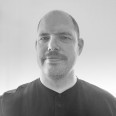
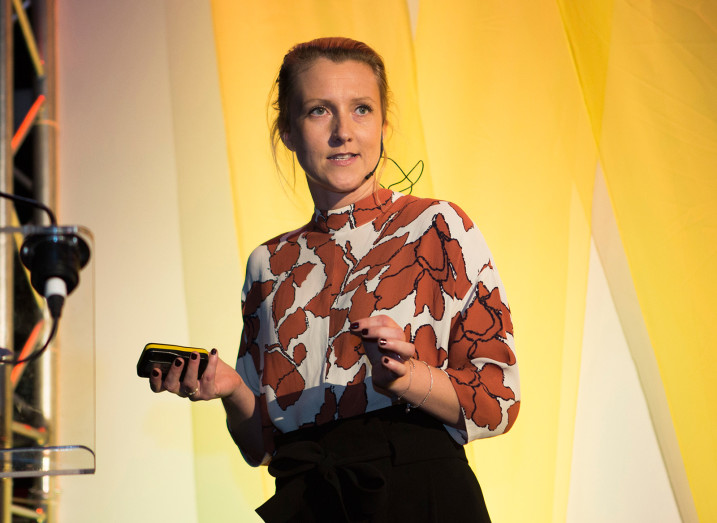
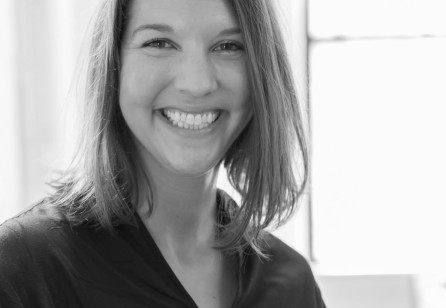
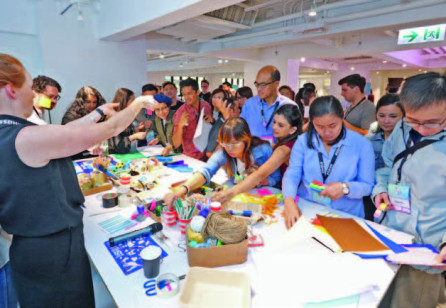
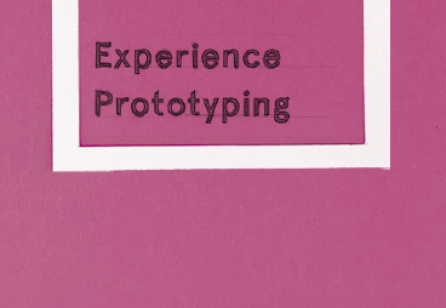
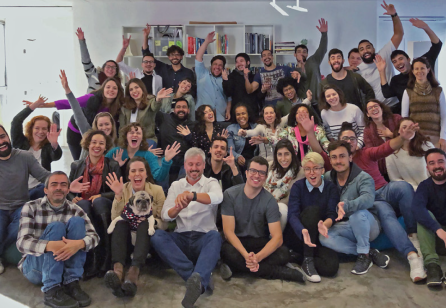

Share your thoughts
0 RepliesPlease login to comment